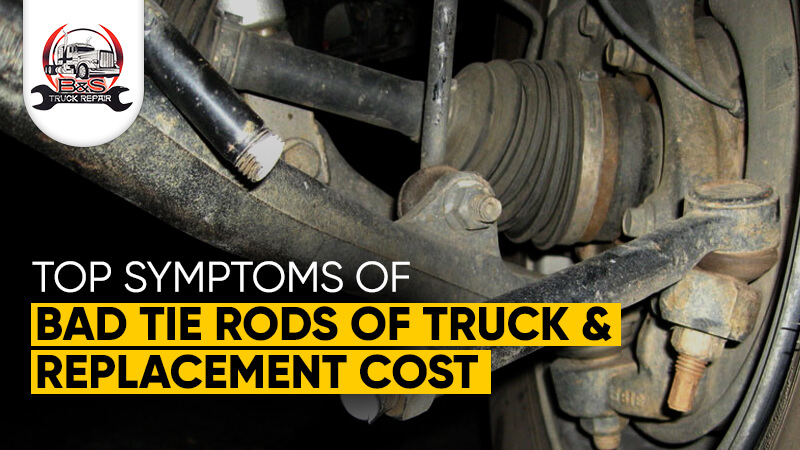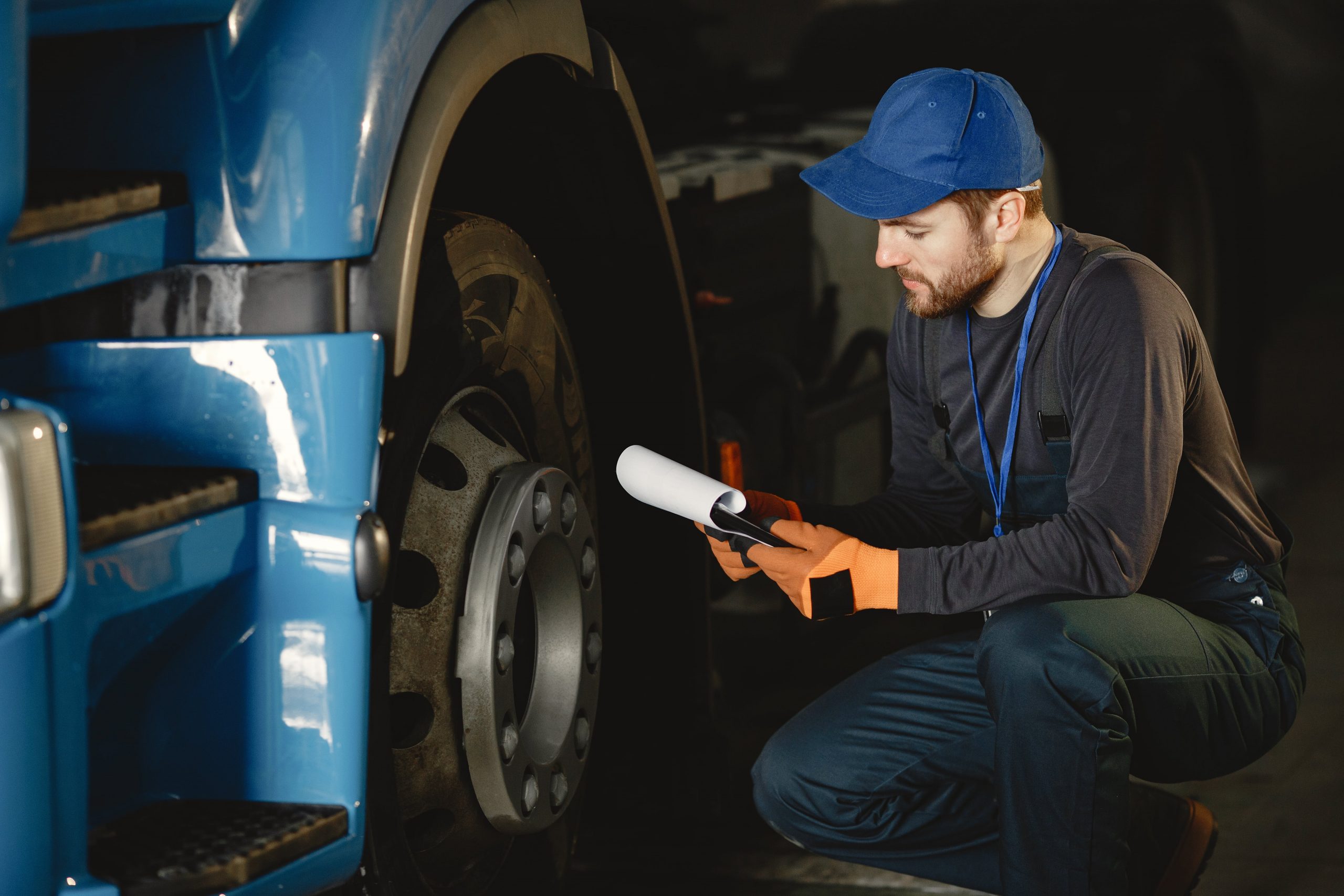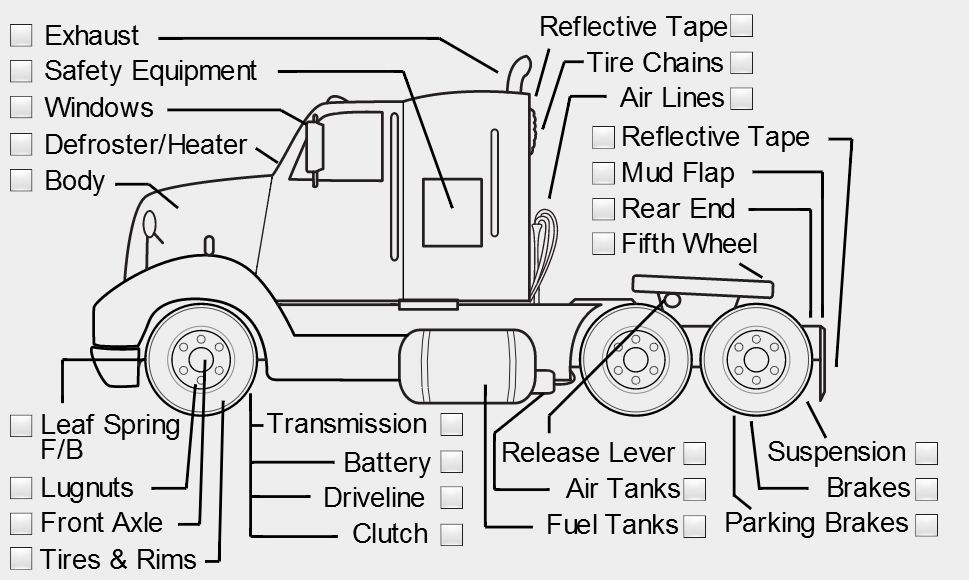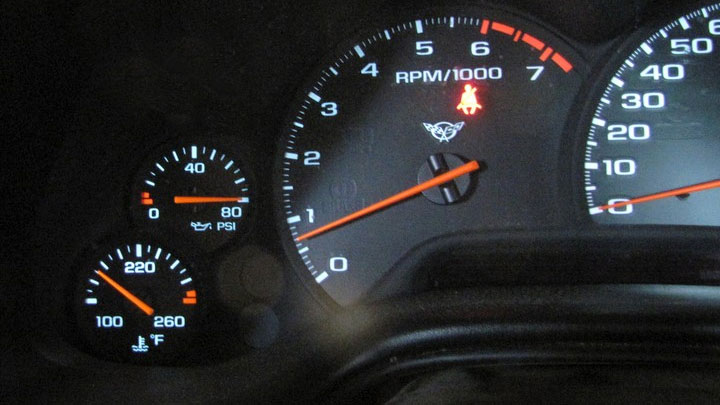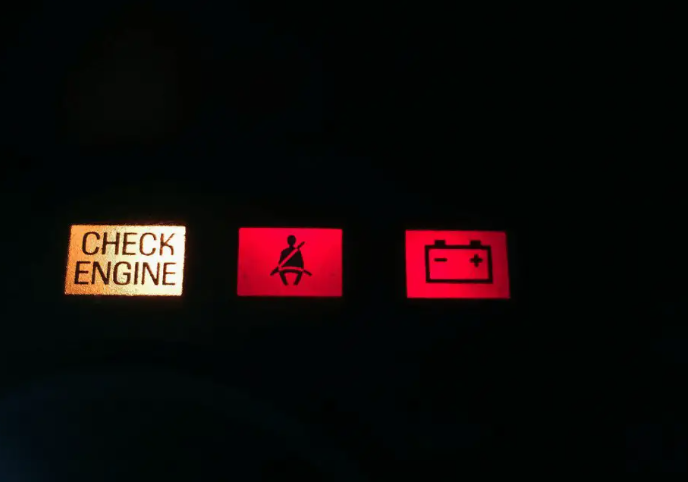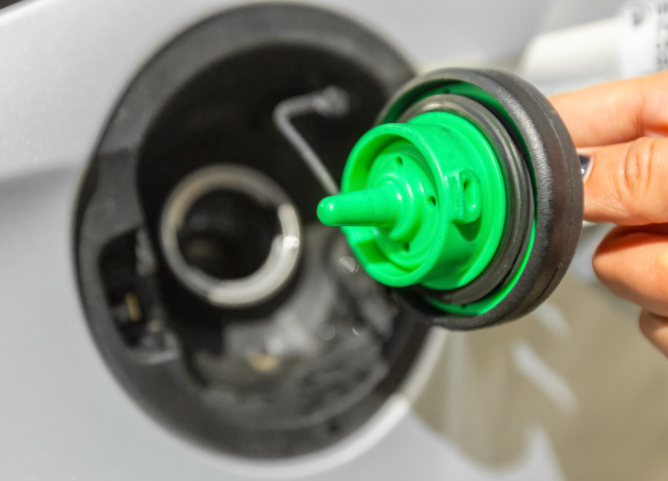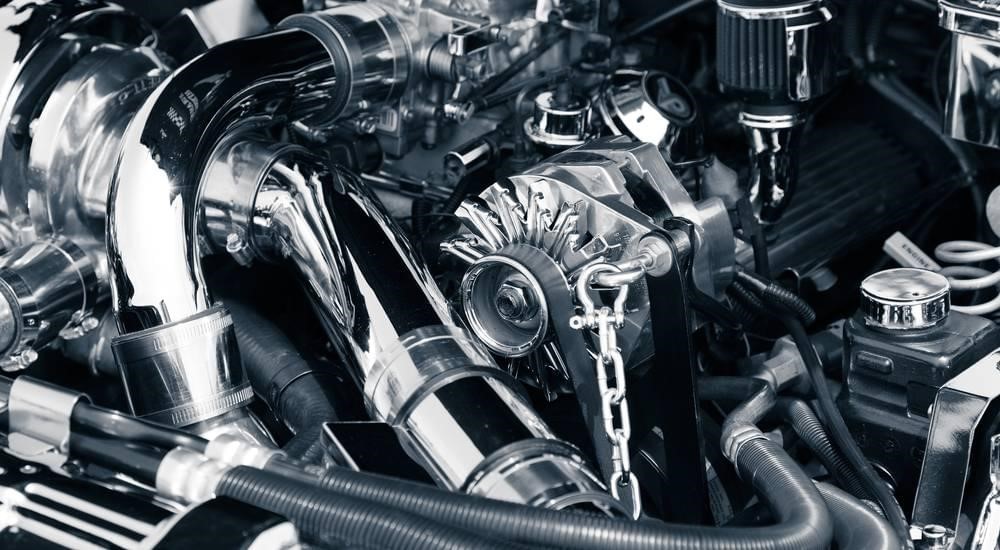It’s important for your safety as a heavy-duty vehicle owner to be aware of any indications of steering or suspension issues. The tie rods that link the truck’s steering system to the wheels are one important part that ages with repeated use. Alignment and control problems arise when the tie rods of the truck break …
Continue reading “Top Symptoms of Bad Tie Rods of Truck & Replacement Cost”

